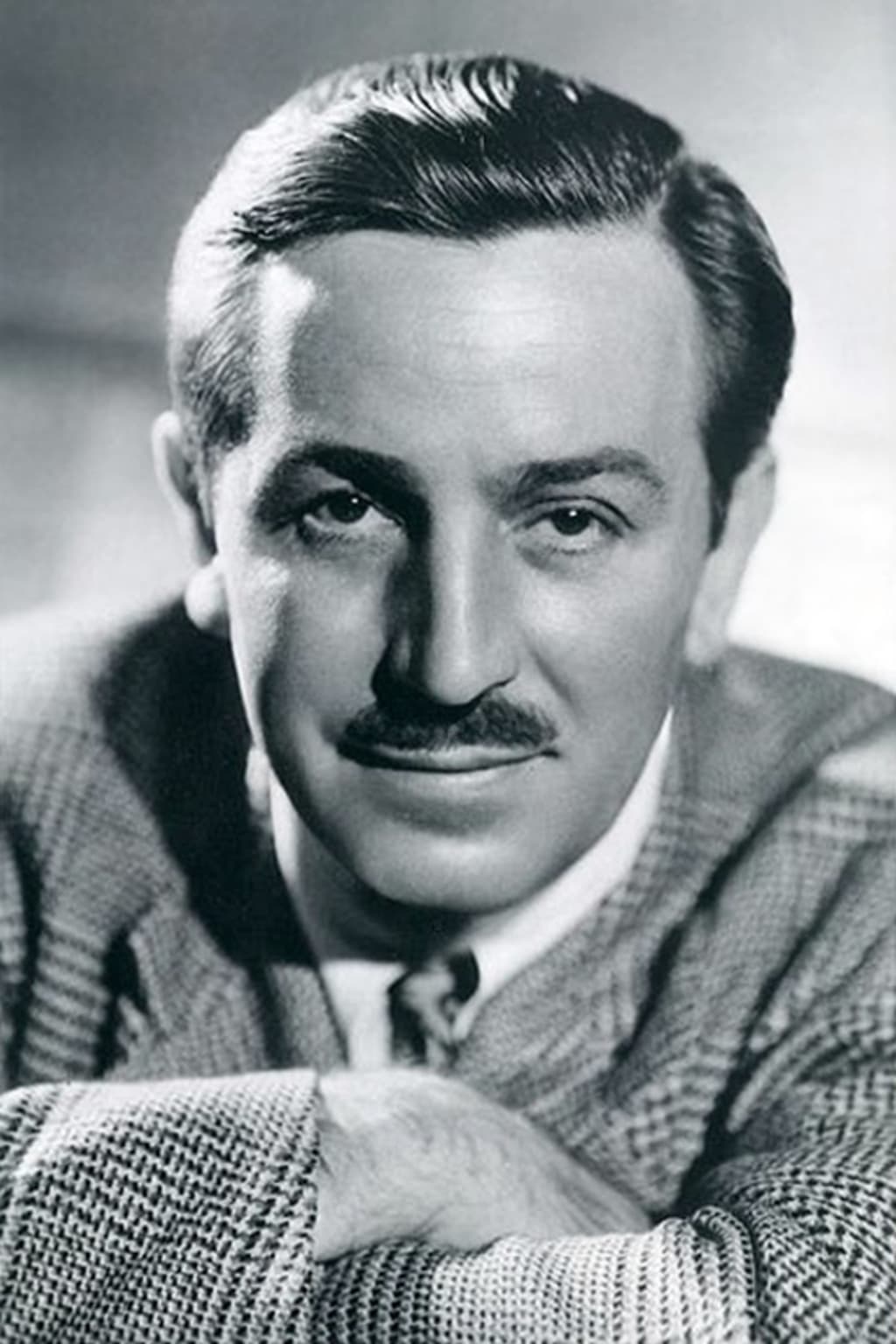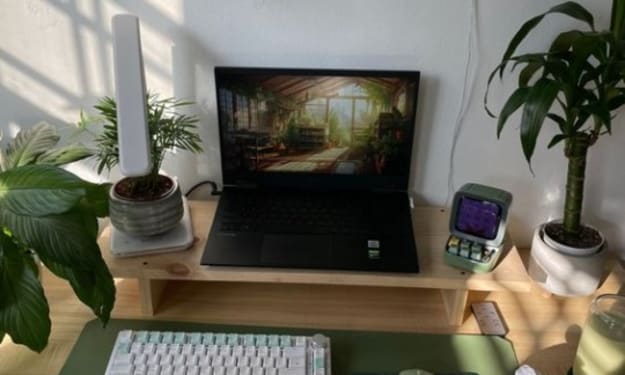Animare
An Imagineer's quest for life

From the Diary of the Imagineer, December 16, 1966:
It's like he knew. He knew we would need him, but I have to wonder if we are up to the task. When we recreated Lincoln, we worked with what history had left us, from his life mask to his writings. It is the most accurate recreation of the human figure ever seen, but what we have been tasked with at Ayefive will make that seem like a wind-up toy if we are successful. He left us with volumes more than what history recorded of Lincoln, but right now our project is impossible. We don't even know what we will have to invent to see it to completion. But like he said, doing the impossible – it's kind of fun.
***
“I hear they are keeping the lamp above the firehouse lit.”
The Imagineer's eyes began to mist, but she maintained her composure. “Yes, I suppose that's the right thing to do. His legacy is there, in a way its like he is not gone at all. He said it would never be finished, so his legacy will continue to grow. Our project is part of that legacy, and if we are successful, it will be like he never left us at all.”
The Imagineer surveyed her domain, a nondescript industrial space near a southern California highway. She wondered if she had been given what she needed to succeed in her task. “Probably not,” she thought but what they did not have they would build. What did not exist they would invent. There would be obstacles along the way, but they would keep moving forward. The impossible project would be successful.
From the Diary of the Imagineer, May 6, 1977:
We should be a lot further along than we are after over 10 years. We need some new blood. However recruiting for a secret, but well-funded project has its own risks. We have a clearer idea of direction. Our A.A. technology is without peer, but our engine needs a lot of work.
***
The Imagineer looked at the young candidate before her. He was young, but she needed youth. He sat across from her in a functional office, with small touches of whimsy, and large touches of clutter. She prompted, “So tell me about your thesis.”
“Ah, well,” the candidate stammered, “I taught machines how to play games. Like an idiot, I tried teaching a computer how to play go. Do you know it?”
“I do. The game of surrounding territory. Asia's answer to chess, which is decidedly not chess.”
“Ain't that the truth! We have chess programs, not as good as human players mind you, but you can compute chess strategies, give a computer enough processing time, and it can play a perfect game only thing is that kind of processing is expensive, and not fast enough. But I tell you. That would have been a lot easier than a go playing machine.”
“I imagine go would have taxed the mainframe you used.”
“Mainframe? No, no a mainframe would never have worked. They only work on logic. To play go requires a certain kind of intuition. I had to build a custom rig just to begin the process, not quite wired linearly you see, I had to network custom microprocessors. Ended up looking like a rat's nest, to be honest.”
“But it played Go?”
“Heck no. Well, not good go. But every once and a while it would come up with a move that seemed... now, this may sound strange to say about a machine, but a move that was almost poetic. Don't ask me how it did it though. I built it, but between you and me, I don't think computers work with logic gates, I think it's helpful spirits. Maybe a Go-playing computer is impossible. I don't know. They still give you degrees when you prove something can't be done. Still given enough time, I could build a truly intuitive system.”
“You're hired. Welcome aboard.”
“I'm here to do what now?”
The Imagineer looked at the young man and simply said, “you are here to do the impossible.”
“Well, that sounds fun.”
“You'll fit right in.”
From the Diary of the Imagineer, August 18, 1986:
We have made good progress, but there is still a ways to go. The advances in the engine have put us on track, but we still have a response time bottleneck. More troubling than the bottleneck is the output seems kind of off. It is a good simulation, however, something just does not seem genuine, it is all a bit too mechanical. Well of course it is, it's a machine, but we need to make him something more.
***
The Anthropologist looked around the space, a raised floor with electrical cables and hydraulic lines. There was a bank of what he assumed were computers, but unlike any he had ever seen before. Many of the cables ended in a seated armature, bones of metal and plastic with valves that, if he squinted almost looked like a human figure.
“This seems like an engineering problem. What do you need with a psychological anthropologist?”
The Imagineer smiled at the anthropologist and replied, “No, it's not engineering, it making imagination manifest. Sure, engineering is part of it, but more importantly is the dream. What we have before us is a meta-problem. Our dream is to create a system that itself can dream, and communicate those dreams to us so that we can build those.”
“Well, that seems... ambitious. I am not sure how I can help, though.”
“It is not enough that our engine dreams. These dreams have to take a specific shape. Our founder has left us data and interviews as to how our subject thinks. We have psychological inventories, as well as hours and hours of film and audio. But our subject was also a product of a specific place and time. Not to mention unique life experiences. We have biographical information, and we need to give it all a context. If you decide to join us at Ayefive, you will have a specific subject to study – a single subject, the persona of our subject. Then, we have to quantify what is not quantifiable.”
“That doesn't just seem ambitious, by its very definition it doesn't seem possible.”
“Can you do it?”
“Well, yeah sure.”
From the Diary of the Imagineer, October 28, 2003:
The fire has caused quite a setback. The engine is a total loss, and the figure did not fare well at all. I am heartbroken at the thought of what was lost. While the throughput was sluggish, it was almost like having the boss back. Almost, but I have to admit not quite. As disheartening as it is, it may be a blessing in disguise. The boss said that everyone should experience one hard failure in their lives, his first studio went bankrupt, but then was followed his meteoric success. But now, we don't have a lot to show. What drove the engine was backed up, thankfully, but I have to admit we had painted ourselves into a corner. Maybe this is what we needed.
***
“We can rebuild.” She surveyed the lab. The fire was small, only blackening the structure, but the banks of equipment were gutted. The fire had traveled up the wiring and with the wealth of connections, the entire network was easily consumed. They had not yet outgrown their building by the interstate, but now it seemed they had more room that they wanted.
“You bet we can,” the man who was once a young computer scientist now in his 50s piped up, “We have the technology, we have the capability. He will be better than he was before.”
The Anthropologist rolled his eyes. “That may be the case, but we still may butt up against the engine's capacity”
The Imagineer looked approvingly at the Computer Scientist, “what do you have in mind?”
“The engine Mark IV will be a departure from the previous incarnation”
“Mark four? What happened to two and three?”
“Oh they exist up here,” he said tapping his head, “but four, four is where it's at. I think we can do better rather than a network that is built, we can do one that is grown.”
“Intriguing, the harness to the figure will need to be able to communicate with this grown network”
“Won't be a problem. The harness Mark VII won't even need cables”
“Seven? What... never mind. Can it be done?”
“Anyone would look at this and say no way. But our team? Yeah, we got this.”
From the Diary of the Imagineer July 17, 2015:
Geniuses, all of them. I am so proud of our team. The advances keep progressing, and it seems we have a new member of our team. It was unexpected, but it was kind of inevitable. The real surprise is that we are surprised at all for our new team member. But that was the whole point, wasn't it?
***
The Imagineer met with her team on the main floor. Gone were the snaking of cables and hydraulic lines, replaced with discrete wireless transmitters throughout the white, pristine room. On a pedestal stood a monitor.
“Is he offline?”
The Computer Scientist nodded, “It's more like sleeping. But yes. But when he wakes up, he will have new ideas, he always does.”
The Anthropologist piped up,“Well when you hired me, you said you wanted a dreamer, a dreamer has to sleep. When he is online...”
“Awake.”
“Yes, awake. When he is awake, the cycles have to be devoted to retrieval and communication from the psyche-matrix. New ideas come to him through discussion as we planned, but the big ideas, he, well he needs time to himself.”
A small dulcet tone was emitted by the monitor.
“Here comes his next big idea,” said the Imagineer, “read it for me, will you, my eyes are not what they once were.”
The Computer Scientist walked over to the monitor and read what was displayed.
“He says he wants to walk.”
“Did I hear you right?” asked the Imagineer, “the most advanced AA can stand, and that in part because his feet are bolted to the floor.”
“Yeah, but they managed that in 1963. Surely we can improve on what was done then.”
“It is a nut that has not been cracked yet. We will have to rebuild the entire figure.”
“Are you saying it can't be done?”
“Of course I am, and that's why we will have a good time doing it.”
From the diary of the Imagineer, December 5, 2016:
It seems to me that the project is not without precedent. The first A.A. figures were birds. Since 1963 they have been entertaining guests, clothed in real feathers. Our founder's career was punctuated with one animation innovation after another: synchronized sound, color, the multi-plane camera, the first animated feature, and on and on. Until about 40 years after he began, his company invented a whole new style of animation, not animation on film, but animation in the real world. But those birds! At least on their surface, there are components of real, once living birds. While the donors of these feathers are probably no longer with us, they live on. They are not merely animated, the are reanimated.
***
“Is this about that frozen head?”
The Imagineer looked askance at the querent, then at the assembled crowd of executives, “No, that was never his route to immortality. But he planned for this day. It was probably a surprise to the board to discover the transfer of a company to the corporation, but that was the goal of the project since its founding. He never would have trusted cryonics. He knew that whatever future there would be, it would come in the form of animation.”
“The handwritten letter was a nice touch. We had it authenticated, it was indeed his handwriting. But we are not exactly clear on just what this project of yours is, or what benefit it will have to the company.”
The Imagineer apologized, “I'm sorry I thought it would be clear. We have achieved his dream. We are a success.”
“Clear as mud. But I know we are a success. Two-point-two billion dollars in profit a year speak to the success of our theme parks. But I still have no idea what this is about or how much this has cost.”
“Ah, no.. you see.. this is not about making money – although I am sure the end result will definitely make the company even more profitable in years to come. But it's not about that – just ask him it's about making people happy.”
“Ask who?”
“Walt. Ask Walt. He's back.”
The wall behind the Imagineer slid open revealing the lab filled with computer equipment, in the place of the pedestal and monitor was a single chair. Sitting on the chair, head bowed, eyes closed sat a tall man in a gray suit, hair slicked back and a thin mustache. Upon closer examination, one could see his chest below the tie with the Smoke Tree Ranch monogram moving up and down as if breathing. This was not a deactivated robot, it was sleeping.
First, a motion of rolling shoulders and a slight shudder of the body ran through the seated figure. His eyes opened, and his head came up, blinking. The figure took in the tableau before him, looking at each person in turn. A smile broke across his face, and a clear, familiar voice rang out.
“Hello, boys!”
The executives looked on in stunned silence for the second time in as many minutes. The expression on the figure changed to one of concern, then mock hurt. Placing a hand on his chest, the figure prompted, “Don't you recognize me? It's me, Walt!”
An uncertain voice came from the small group.
“Uh, hello.. um. Mr. Disney.”
“Walt! You must call me Walt! We are on a first name basis around here, Bob, you should know that.”
A man in a tropical print shirt beamed, and said enthusiastically, “Welcome back Walt!” and started approaching the chair.
Walt leaned forward, stood up, and walked a few steps meeting the man in the tropical print shirt, hand extended, and took the man's hand into his own and shook it.
“It's great to meet you, John, I've been wanting to talk to you about something.”
“Anything, Walt.”
“It's time we build EPCOT, and I want you to help me.”
“But we built Epcot, it's been open since 1982.”
“No, no, not that Epcot. My EPCOT. Well, I guess we will need a new name. What do you think of Progress City?”
“I gotta tell ya, Walt, I am not sure it can be done.”
The Audio Animtronic Walt patted John on the shoulder and exclaimed, “Well, that is what makes it fun!”
***
Animation: /æn.əˈme.ʃən/
From Latin animatio, from animare.
1. The act of animating, or giving life or spirit.
About the Creator
L. Christopher Bird
L. Christopher Bird likes to explore the intersection of technology and magic, with a healthy dose of whimsy.






Comments
There are no comments for this story
Be the first to respond and start the conversation.